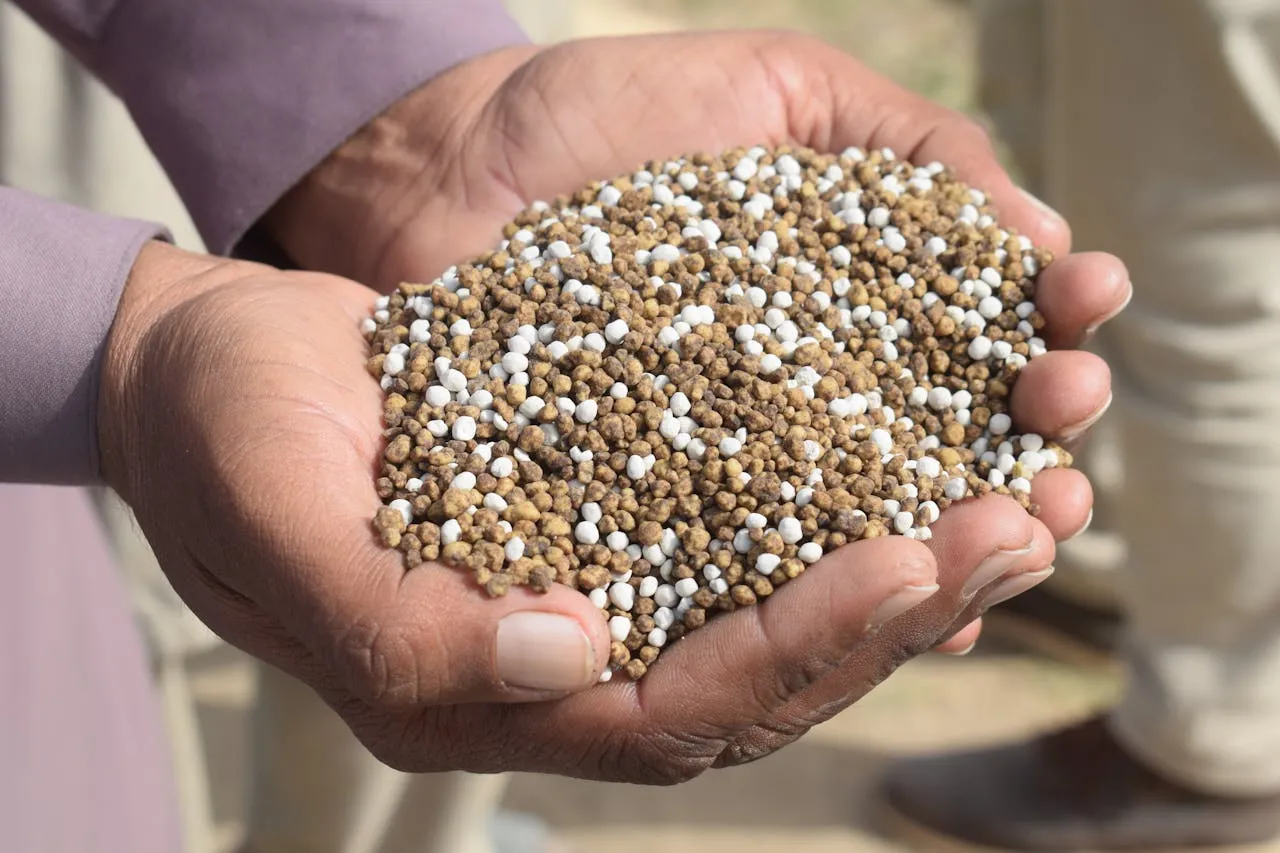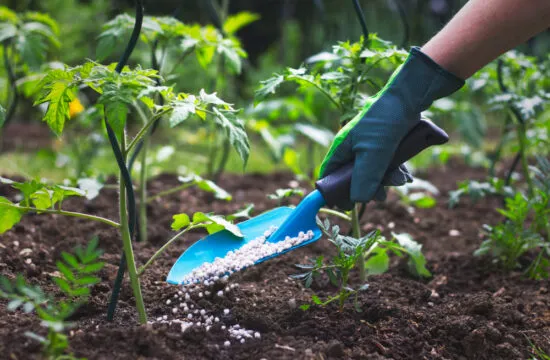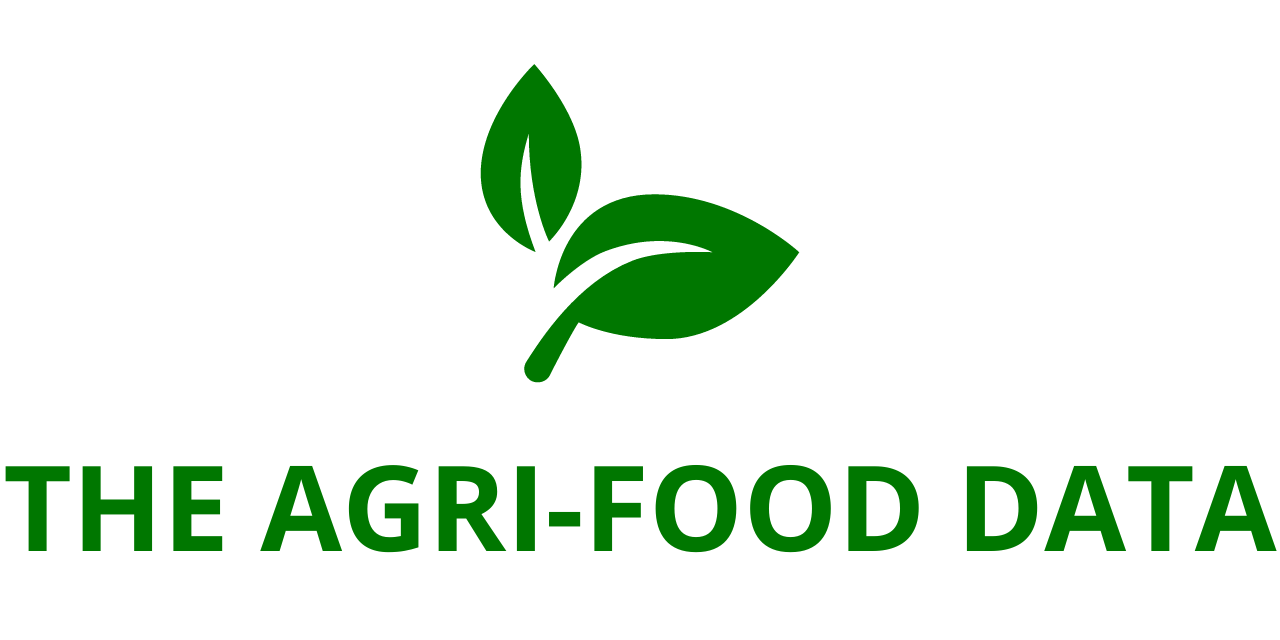
The comprehensive industry report titled “Liquid Fertilizers Market: Analysis By Type, By Crop Type, By Production Process, By Application, By Region – Size and Trends with Forecast up to 2030” has recently been added to the offerings of ResearchAndMarkets.com. According to the findings presented, the global liquid fertilizers market was valued at US$14.54 billion in 2024, and is projected to grow steadily, reaching US$19.00 billion by 2030.
This upward trajectory is fueled by a confluence of factors reshaping the global agricultural landscape. Chief among them is the growing global emphasis on food security, which is pushing stakeholders—from governments to farmers—to adopt more efficient and sustainable crop nutrition methods. The increasing demand for high-efficiency fertilizers that boost agricultural productivity, while reducing resource input and environmental impact, is directly contributing to the rising adoption of liquid fertilizers.
The Role of Liquid Fertilizers in Modern Agriculture
Unlike traditional granular fertilizers, liquid fertilizers are recognized for their rapid nutrient absorption, ease of application, and suitability for modern techniques such as fertigation and precision agriculture. Their ability to deliver nutrients directly to plant roots with minimal waste positions them as a more targeted and efficient solution, especially amid global calls to optimize agricultural inputs while maximizing yields.
The increasing focus on cultivating high-value crops, including fruits, vegetables, and specialty grains, has further bolstered the need for fertilizers that ensure balanced nutrient application and contribute to soil health management. Technological advancements in fertilizer formulation—such as micronutrient-enriched blends and pH-balanced solutions—are improving the performance, shelf life, and usability of liquid fertilizers, making them more attractive to farmers across various scales.
Additionally, government incentives and policy initiatives that promote sustainable agricultural practices, especially in emerging economies, are expected to stimulate further market expansion. With the growing integration of smart farming tools and data analytics in agriculture, liquid fertilizers are becoming a cornerstone of next-generation farming practices.
Over the forecast period 2025 to 2030, the liquid fertilizers market is expected to grow at a compound annual growth rate (CAGR) of approximately 4%.
Market Segmentation Analysis
By Type:
The market is segmented into four main types of liquid fertilizers: Nitrogen, Phosphorus, Potassium, and Others. Of these, the Nitrogen-based liquid fertilizers segment holds the dominant market share. This is due to nitrogen’s crucial role in promoting vegetative growth, chlorophyll production, and overall crop yield.
Nitrogen products such as urea ammonium nitrate (UAN) are extensively used in both developed and developing agricultural economies. The ongoing shift toward precision farming, combined with increasing soil fertility management practices, is expected to sustain the growth of this segment in the years ahead.
By Crop Type:
The market is also divided based on the types of crops: Cereals & Grains, Fruits & Vegetables, Oilseeds & Pulses, and Others. The Cereals & Grains segment currently commands a significant share, primarily due to the high global demand for staples like wheat, rice, and corn. These crops require consistent nutrient input to achieve optimal productivity, particularly in areas with limited arable land.
Liquid fertilizers are especially well-suited for large-scale cereal farming due to their ease of application and compatibility with mechanized irrigation systems. As concerns about global food security continue to rise, coupled with the increasing adoption of high-efficiency farming techniques, demand in this segment is anticipated to remain strong.

By Production Process:
The liquid fertilizers market is bifurcated into Synthetic and Organic categories. The Synthetic segment dominates the global market owing to its high nutrient concentration, faster absorption by crops, and suitability for large-scale farming. These fertilizers are cost-effective, offer reliable performance, and are compatible with modern tools such as GPS-guided sprayers and variable rate application systems.
However, the organic segment is gradually gaining interest, particularly among small-scale farmers and organic producers, due to rising environmental awareness and consumer demand for sustainably grown produce.
By Application:
Application-wise, the market is segmented into Fertigation, Foliar, Soil, and Others. Among these, Fertigation is the leading application method. This technique involves delivering fertilizers through irrigation systems, especially drip and sprinkler irrigation, enabling precise nutrient delivery to plant roots.
Fertigation is highly efficient in reducing nutrient loss, conserving water, and improving crop yield—factors that align well with the goals of sustainable agriculture. As more regions invest in modern irrigation infrastructure, especially in water-stressed regions, fertigation is expected to see substantial growth.
Regional Market Outlook
Regionally, the global market is segmented into North America, Europe, Asia Pacific, and the Rest of the World. In 2024, the Asia Pacific region emerged as the largest market, underpinned by a vast agricultural base, a growing population, and heightened food demand.
Countries such as China, India, and Indonesia are driving regional growth through intensified cultivation practices and the government-backed promotion of advanced fertilization techniques. Increasing awareness of sustainable farming practices and the cultivation of high-value crops also contribute significantly to the demand for liquid fertilizers in this region.
Looking ahead, North America, particularly the United States, is expected to maintain a strong growth trajectory. The U.S. leads the region due to its large-scale commercial farming operations, widespread use of precision agriculture, and a high degree of technological integration in farming practices. Continued investment in agricultural research and development, alongside supportive government programs and subsidies, is expected to reinforce market growth in the U.S.
Competitive Landscape and Recent Developments
The global liquid fertilizers market is moderately consolidated, with several key agribusinesses operating alongside regional competitors. Leading players are actively pursuing strategies such as innovation, strategic partnerships, capacity expansion, and new product launches to bolster their market positions.
For example, in March 2024, EuroChem announced the opening of a US$1 billion phosphate fertilizer production facility in Serra do Salitre, Brazil. This facility incorporates cutting-edge technologies for integrated phosphate production, including reduced water usage and a self-sufficient water circuit for clean energy generation.
In another notable development, Rallis India Limited launched AQUAFERT fertigation Tomato in August 2024. This water-soluble fertilizer is specifically tailored to improve tomato yields, with three different formulations for various growth stages. The product is designed to enhance vegetative growth, leaf health, and overall crop durability, aligning with the increasing demand for crop-specific nutrient solutions.





